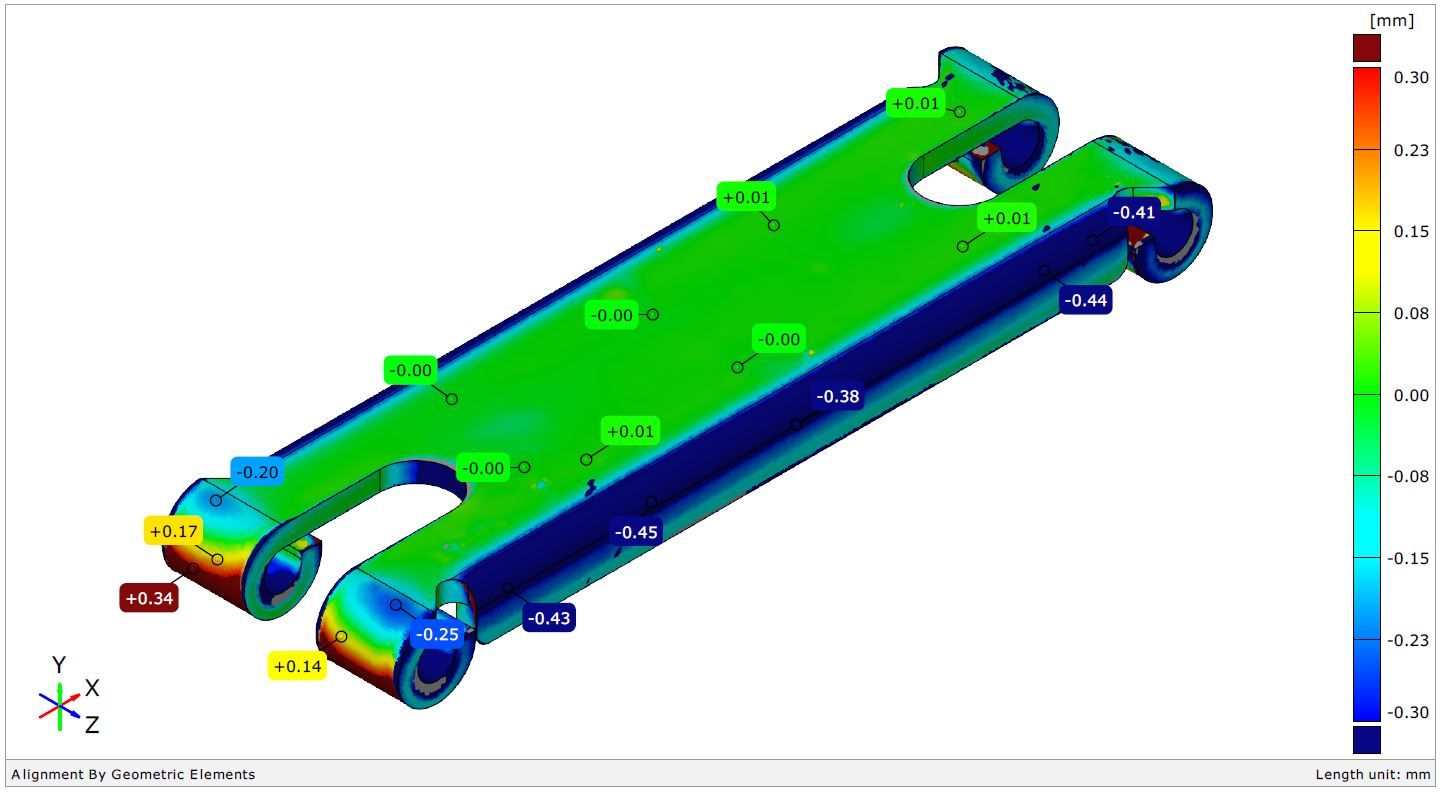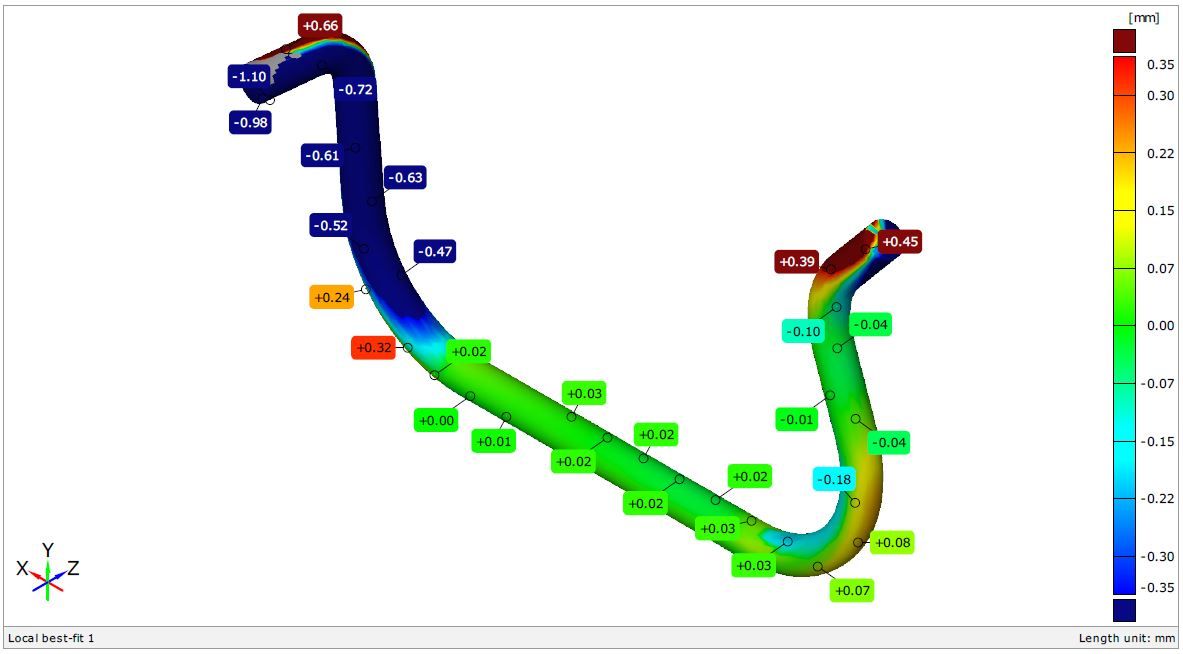3D printing and 3D scanning
3D printing - additive manufacturing - FDM, SLA and SLS technologies
The principle of 3D printing is the application of layers of melted plastic one on top of the other. Additive technologies are exceptional in that they do not generate waste (such as in machining, when material is removed from a semi-finished product using tools). During 3D printing, the material is added and consumed only as much as is needed for the product. It is a layering of material up to the final form of a computer model of a spatial body.
The 3D printing technology brings an irreplaceable benefit to engineering companies, namely the possibility to test prototypes of parts in operating conditions without the need to manufacture expensive molds.
We primarily focus on one-piece prototype and small-series production for industry, but we also print visually appealing objects - decorations, figurines or mock-ups. You can supply your computer model or we will create it ourselves based on the specified parameters or using a 3D scanner (in case of delivery of a sample product).
We offer the possibility of printing various materials and colors with the maximum dimensions of the printed model 200(l) x 250(w) x 210(h) mm with a layer resolution of 0.05; 0.10; 0.15 and 0.2 mm. Larger sets can be broken down into parts or smaller parts, and assembled after printing.
The most frequently used materials for 3D printing
PLA
PETG
ABS
We also provide 3D printing options from other materials:
- XT-Amphora, Flexfill98A
- ASA, CPE, PMMA, PC, NYLON, WOOD
- supporting materials:: HIPS, PVA
- materials glowing in the dark: ABS, PLA
FDM, SLA and SLS technologies
FDM (fused deposition modeling) – compressed and expanded plastic wire travels to the print head, which melts it and then presses it onto the base. The melted plastic is gradually layered on top of itself, cools and a 3D model is created.
SLA (stereolithography) – this is a high-detail 3D printing that uses a liquid photopolymer resin. It is hardened by the action of a precisely focused ultraviolet beam. This technology allows printing in high resolution.
SLS (selective laser sintering) – uses powder materials that are melted with a laser beam.
3D scanning - photogrammetry and X-ray technology
Photogrammetry

X-ray technology
Industrial computed tomography enables successful implementation of measurement and control tasks with high accuracy.
It is aimed at measuring and checking entire parts that are made of plastic or light metals, without the need for their destruction.
Using the traditional coordinate measurement technique, hidden structures can only be checked after the time-consuming destruction of the component by individual layers.


